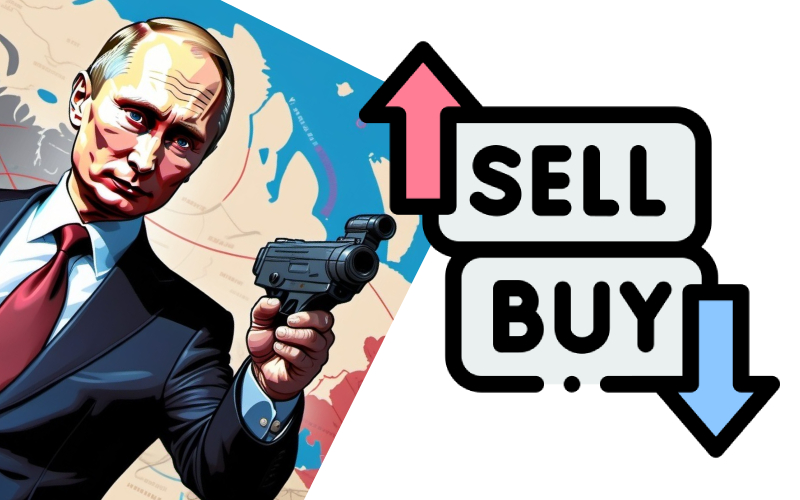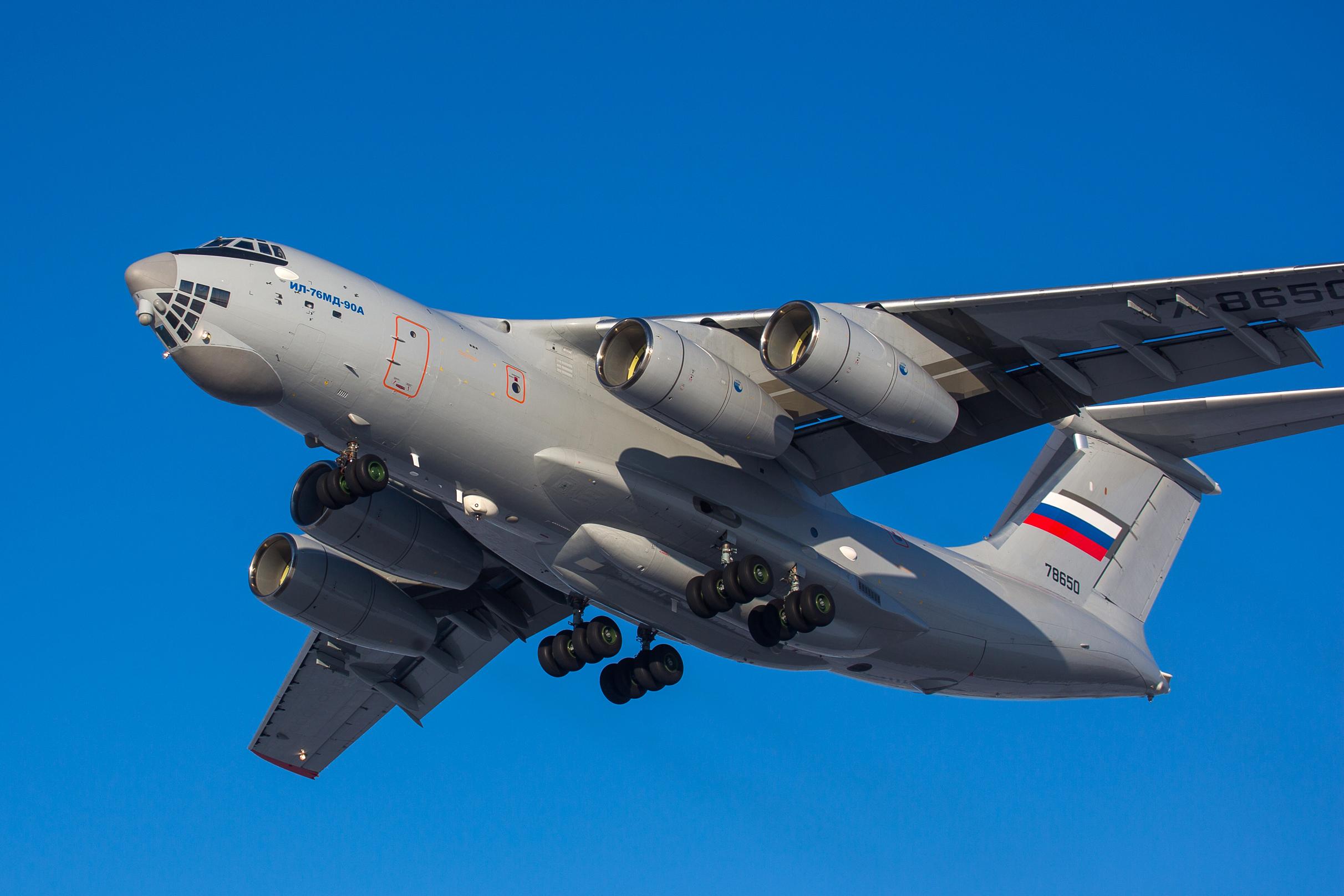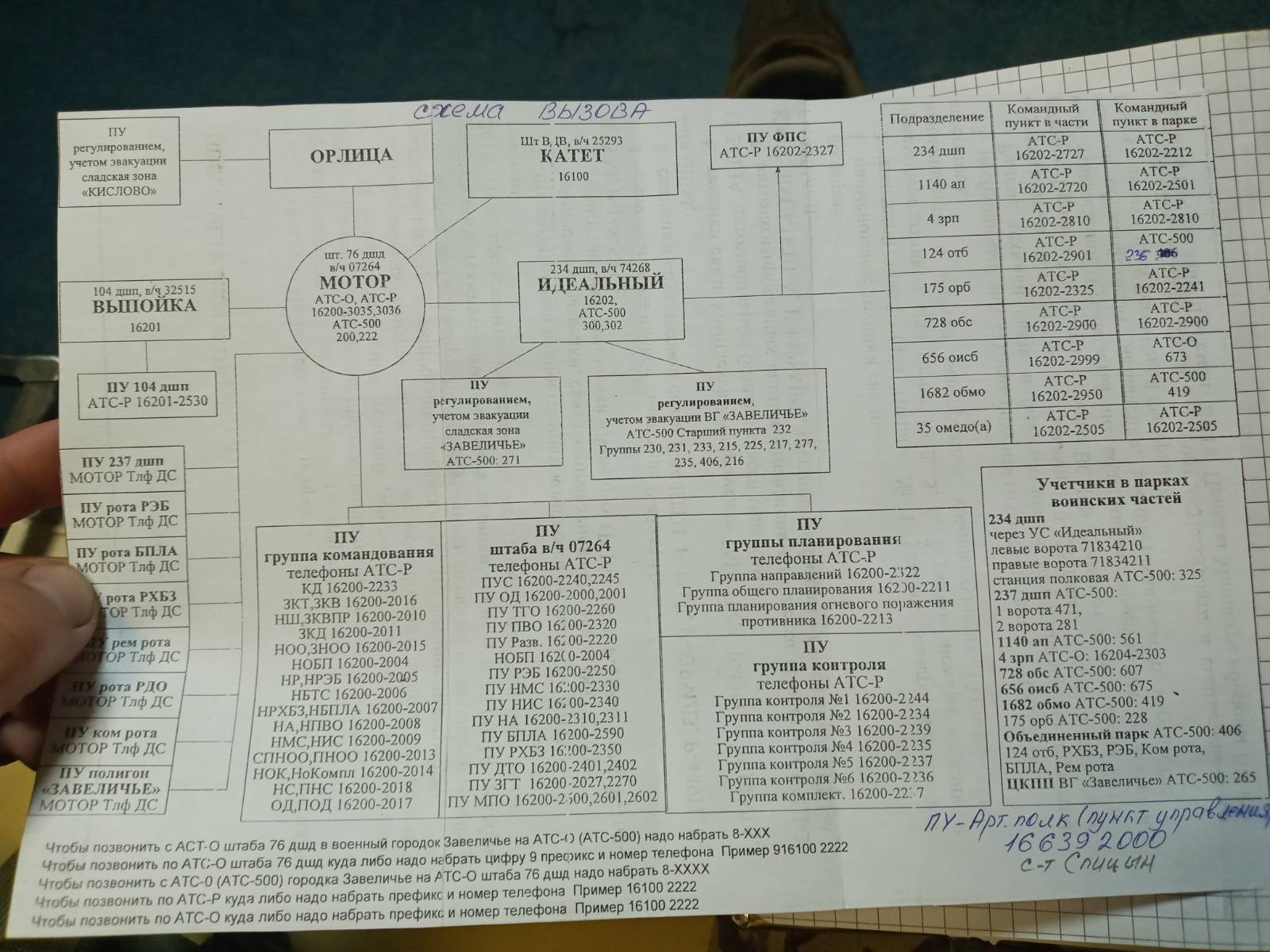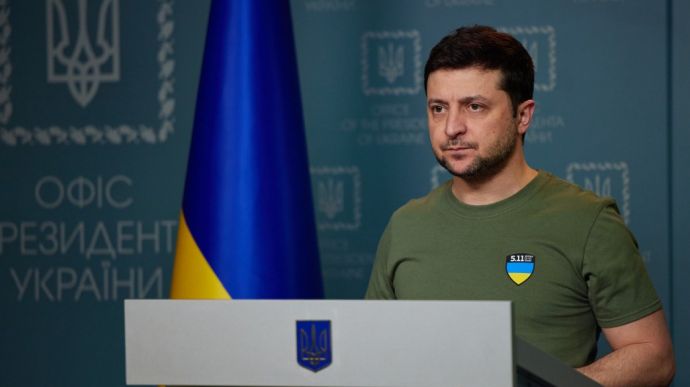The Russian military-industrial complex (MIC) requires critically important components, materials, equipment, and technologies of Western origin to continue producing the weapons needed by Russian aggressors. However, there is still no comprehensive control over export restrictions on critical components to Russia.
Everyone expected that the EU Council would impose restrictions and strict monitoring regarding the re-export of critical components and technologies to Russia, including restrictions on the supply of all this through third countries. Yet, when the document listing the sanctions was published, it turned out this provision would not apply to contracts and projects already concluded for the next six months. It is specifically stated that these restrictions and requirements will not be valid until the end of the term of the already concluded contracts, or until January 1, 2025, depending on which date occurs first. But we are not naive children; we must understand that all already concluded contracts can be extended until December 31, 2024. Therefore, for the next six months, Russia will be able to import the components and technologies critically needed by its MIC through these loopholes. This means that for another six months, the Russian military-industrial complex will be able to obtain European technologies, materials, and components almost without hindrance.
We understand that if the Russians see they have limited time for these things, they will manage to import everything they need with an eye on future requirements, ensuring they have enough funds. Additionally, the Russians will have time over the next six months to prepare new circumvention schemes. Essentially, we see a challenge for Ukraine, which lies in the fact that Russia’s opportunities to fuel its MIC and army through exports are not being radically curtailed on one side, while on the other side, there are no truly strict limitations on Russia’s access to key components for weapon production.
This is even though there are numerous publications in open sources indicating that the overwhelming majority of critical components for Russia’s MIC are sourced from companies located in countries we consider our partners. Thus, Russia continues to receive a multitude of components, technologies, materials, and equipment directly or indirectly from our partners, without which it simply could not produce cruise missiles, ballistic missiles, hypersonic missiles, or drones. We are witnessing a crystal-clear situation where at least somewhat strict sanctions are being implemented significantly slower than Russia can adapt to them. Yes, new sanctions do result in an increase in its costs for maintaining its MIC and army. However, Russia currently still has the funds to pay this double or triple price.








